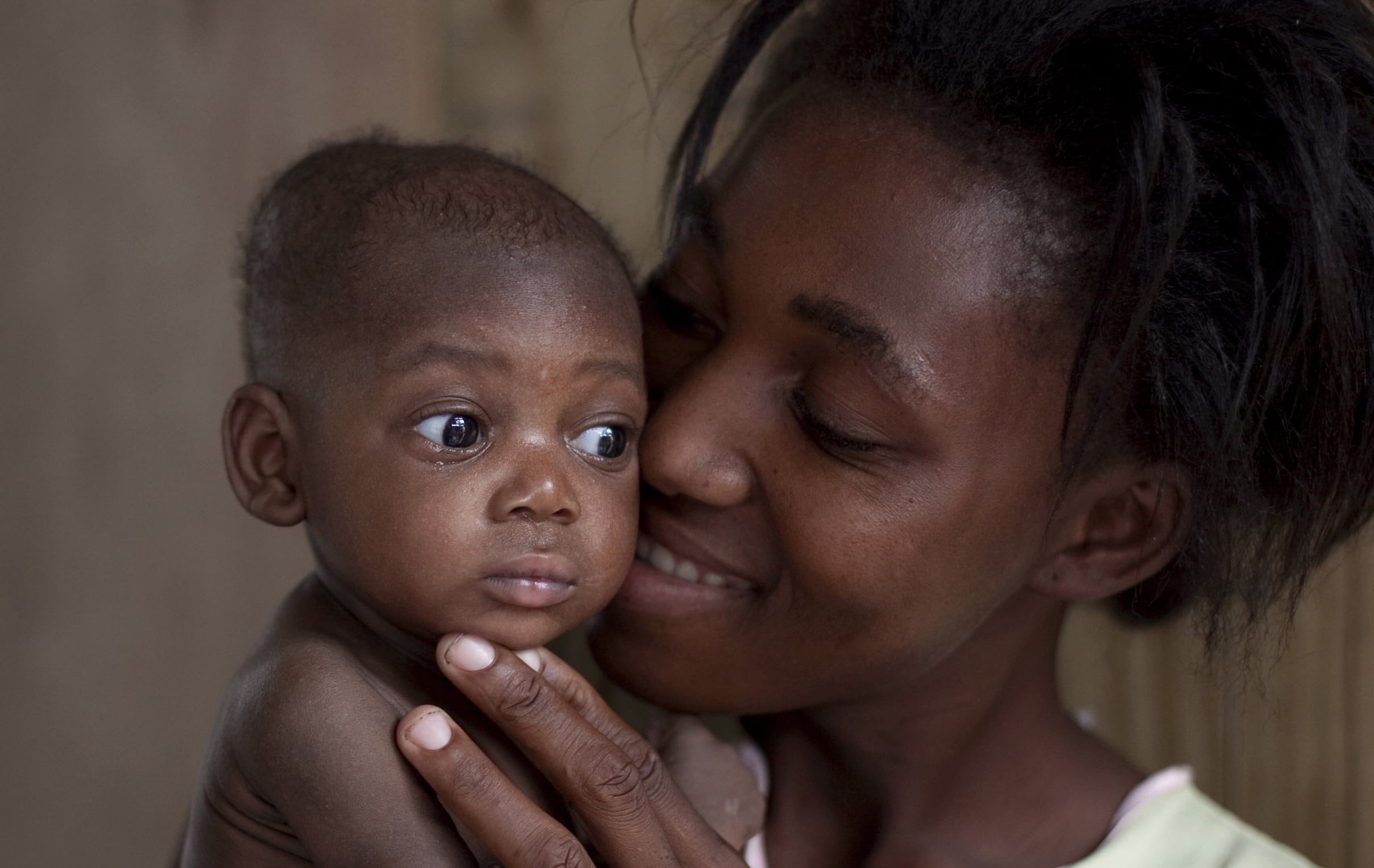
The first time a newborn is placed in her mother’s arms is a moment of joy – a joy that every new mother should have the right to experience. But for many pregnant women around the world, this memory will never come to be. Without the right care, becoming a mother can be a stressful and, in the worst cases, tragic, event.
Much progress has been made in ending preventable maternal deaths in the past two decades: The number of women and girls who die each year due to issues related to pregnancy and childbirth has dropped considerably, from 532,000 in 1990 to 303,000 in 2015, a 43 per cent decrease. Still, more than 800 women die every day from pregnancy-related complications and many more mothers experience injuries or other debilitating outcomes.
Healthy pregnancies = A healthy mother and a good start for babies
Pregnancy is a key opportunity to reach women with essential services for their own health and that of their unborn child. Yet the costs of antenatal care and delivery services, coupled with other challenges, can deter pregnant women from seeking much-needed care, endangering the lives of mothers and their babies. More than 5 million families across Africa, Asia, Latin America and the Caribbean spend over 40 percent of their household expenses on maternal health services every year. Nearly two-thirds of these households, or around 3 million were in Asia, while approximately 1.9 million were affected in Africa.
A safe delivery is essential for survival
Ensuring that every delivery is attended by a skilled provider – generally speaking, a doctor, nurse or midwife – is one strategy for reducing maternal and newborn morbidity and mortality. The inclusion of skilled birth attendance in the Sustainable Development Goal (SDG) Framework (indicator 3.1.2 under goal 3, target 3.1) is expected to spur efforts to reach universal coverage with skilled delivery care by 2030 and hold us all to account for progress. Although global coverage of skilled birth
attendance has shown impressive gains in recent years, wide gaps in coverage across countries persist. The lowest coverage levels tend to be in the poorest countries where maternal mortality levels are highest.
Uneven access to emergency care
A caesarean section, or C-section, can be a life-saving intervention and is an essential part of comprehensive emergency obstetric care, preventing maternal and perinatal mortality and morbidity when medically justified. Globally, around 29.7 million C-section deliveries occurred in 2015 – almost double the number in 2000 (around 16 million) – an increase from 12 to 21 per cent Although C-section deliveries have increased in all regions, the amount of increase and level of use vary globally. In Latin America and the Caribbean, for example, C-sections accounted for 44 per cent of all deliveries in 2015, more than 10 times higher than the percentage in West and Central Africa (close to 4 per cent). Latin America and the Caribbean’s excessively high average suggests over-medicalization of childbirth; conversely, the low percentage of C-sections in West and Central Africa is alarming, suggesting a dire lack of access to this potentially lifesaving
intervention.
Adolescent mothers
Adolescence is a vulnerable phase in human development as it represents the transition from childhood to physical and psychological maturity. Globally, maternal conditions are the top cause of mortality among girls aged 15 to 19.9 Because adolescent girls are still growing themselves, they are at greater risk of complications if they become pregnant; those aged 10 to 14 are particularly at risk of poor obstetrical outcomes. Young sub-Saharan adolescents are the most likely to bear this burden, where the highest rates of early childbearing occur: 17 sub-Saharan countries have adolescent birth rates at or exceeding 120 births per 1,000 girls aged 15 to 19.
Human resources for health
Doctors, nurses and midwives provide the core frontline skilled personnel for health systems. The number of skilled health personnel per 10,000 population is a proxy measure for the provision of maternal health services, and a strong indicator of the strength of systems and commitment of the government to the health of its citizens. WHO standards call for a minimum of 44.5 doctors, nurses and midwives per 10,000 population. In 2017, the world’s richest countries had a density almost three times this threshold. For sub-Saharan Africa, in 2017 this value was 12 per 10,000 population with almost no change since 2010. As of 2017, Africa had an estimated combined health workforce of 1.9 million doctors, nurses and midwives – 3.7 million short of the total 5.6 million needed if each country were to meet the WHO minimum standard.
Call to action
Countries and their partners need to use available evidence on the number and leading causes of maternal deaths, demographic trends, and on the strength of the health system including human resources when designing costed national plans for maternal and newborn health. Policies that ensure all women have access to affordable, high quality maternal health services, and that improve the status of women are also essential for ending preventable maternal deaths and improving the lives of mothers and their babies.